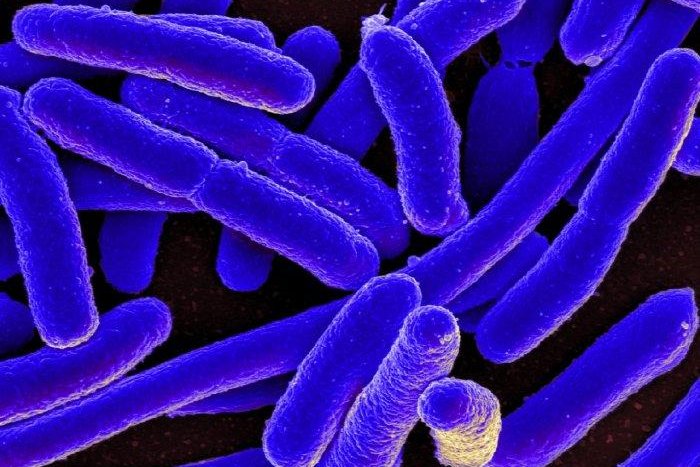New research suggests a new class of drugs targeting hair-like bacterial filaments could help scientists battle a wide range of harmful bacteria. Photo by Imperial College London
June 19 (UPI) -- Scientists have identified the molecular building blocks essential to the formation of hair-like filaments called pili, which bacteria use for a variety of functions.
Researchers say their analysis could pave the way for new antibiotics.
Perhaps most importantly, pili help bacteria latch on and adhere to surfaces. The hairs allow bacteria to colonize parts of the human body, establishing a bacterial infection.
There are several types of pili, but the most universal and multi-fuctnional hairs are type IV pili. Previous studies suggest type IV pili are made up of more than 15 protein building blocks.
But new research suggests only eight are essential to the pili-formation process.
In addition to moving and adhering, pili help bacteria interact with the outside world. They can analyze changes in their medium. The hairs can also grab DNA, which can be used to develop a more potent attack or defense.
In the lab, researchers withheld different proteins from E.coli bacteria to see which combination could be used to form pili. They found a protein subunit called pilin formed the bulk of the filaments. But pilin can only be properly linked together with the help of seven other essential proteins.
"The approach is like building with Lego," Vladimir Pelicic, a molecular biologist at the Imperial College London, said in a news release. "We have these bricks and we were trying to put them back together to see what would be the minimum number of bricks that would allow these filaments to be assembled."
Because pilin filaments are universal among bacteria, antibiotics designed to target and disable their construction and functionality could be used to combat a range of bugs.
"It's reasonable to imagine we could develop these sort of drugs within the next few years," Pelicic said.
Researchers published their analysis of pili construction in the journal PNAS.















